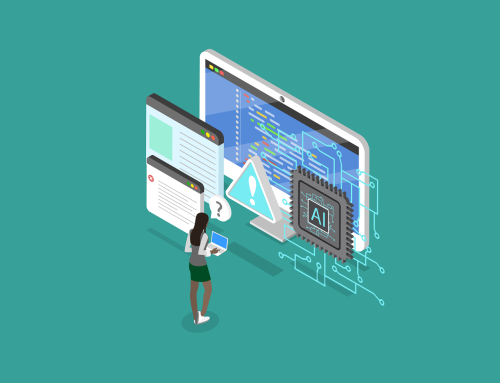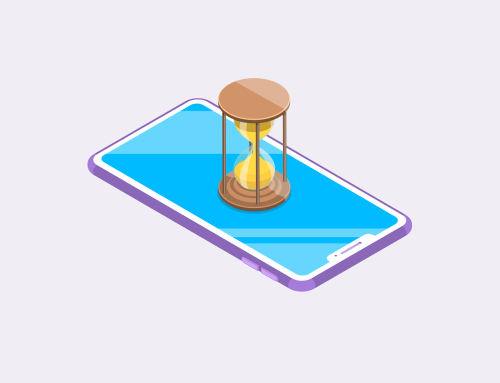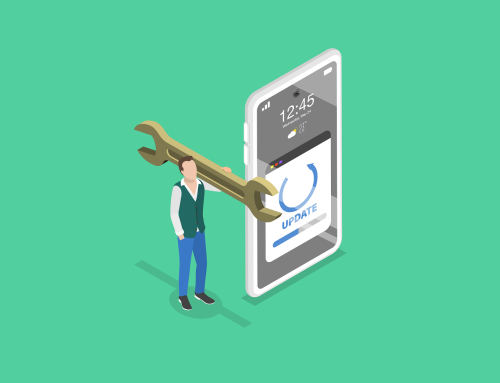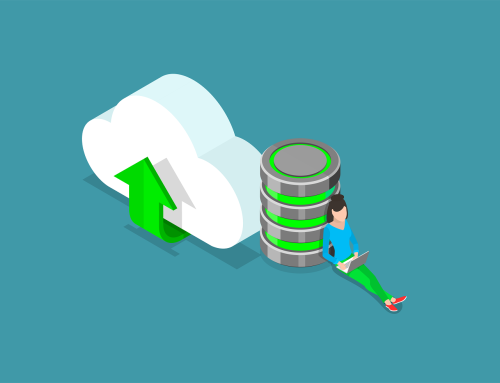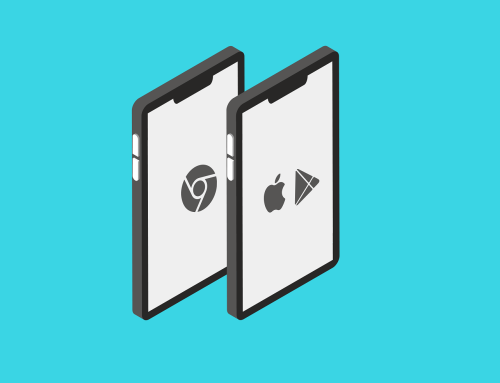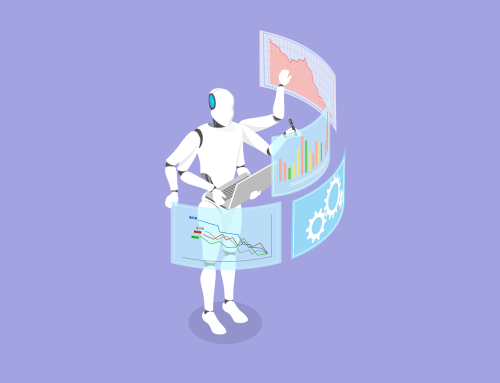SaaS vs. Traditional Software
Organisations often need to decide whether a SaaS or traditional software route should be taken when it comes to deploying software within the company.
Software as a Service (SaaS) is a software distribution model in which applications are hosted by a third-party provider and made available to customers over the internet. SaaS is one of the three main categories of cloud computing, alongside Infrastructure as a Service (IaaS) and Platform as a Service (PaaS).
Traditional Software refers to software applications that are purchased via a one-time license and installed directly on a user’s computer or an organisation’s servers. Unlike SaaS (Software as a Service), traditional software often requires manual installation, regular maintenance, and manual updates.
Both models have their own unique characteristics that need to be carefully considered.
Costs
Depending on which type of software your organisation chooses to employ, a different payment structure will be in place.
Traditional software tends to require a large upfront investment, but once it’s paid it can be used indefinitely within the organisation. While there will continue to be maintenance costs, it’ll be drastically lower than the SaaS approach.
The SaaS model requires a recurring subscription fee for as long as the software is in use. The initial investment will be low, but over long periods of time the amount paid adds up. This may be more beneficial to smaller organisations that won’t have the capacity to maintain the solution themselves.
Deployment
SaaS deployment tends to be a simpler as it’s hosted on the cloud. Employees can access the software via online application or web browser making it easier to roll out across the organisation.
Traditional software on the other hand requires manual installation on a central server or on each device. This can be complex and time-consuming process, potentially involving disruption or downtime.
Maintenance
Organisations that employ SaaS solutions can enjoy piece of mind when it comes to maintenance. SaaS providers take care of the maintenance tasks such as feature updates, bug fixes and security patches.
Traditional software requires a more hands on approach from the organisation. While this gives the organisation more flexibility and freedom to control the software environment, it involves requiring more staff with technical expertise to ensure effective and regular maintenance.
Security
As SaaS models tend to utilise external data centres around the world to store user data it can raise security and privacy issues. Data breaches and unauthorised access is always a concern when involving organisations that host large amounts of customer data.
Traditional software comes with its own security considerations. These include the necessary internal decisions regarding the level of security needed and how often security patches need to be applied.
Reliability
As SaaS models tend to be used by vast amounts of organisations around the world they’re often regarded as more reliable, especially for smaller organisations as they’re so easily accessible. Service level agreements will be in place to ensure a high level of reliability.
However, in the event of a rare outage there is often little offline capabilities with little recourse.
Organisations that utilise a traditional software solution can ensure that their infrastructure is robust and meets their own specific reliability standards.
If your organisation requires flexibility, low upfront costs and is willing to trust a third-party provider with your data, then the SaaS model might be the right choice for you. If you wish to have greater control over your software and data with high levels of customisation then traditional software is what you’re looking for.
Are you preparing to alter your tech stack in 2024? If so, contact us today on +353 1 8041298, or click on the link below to our contact form.



